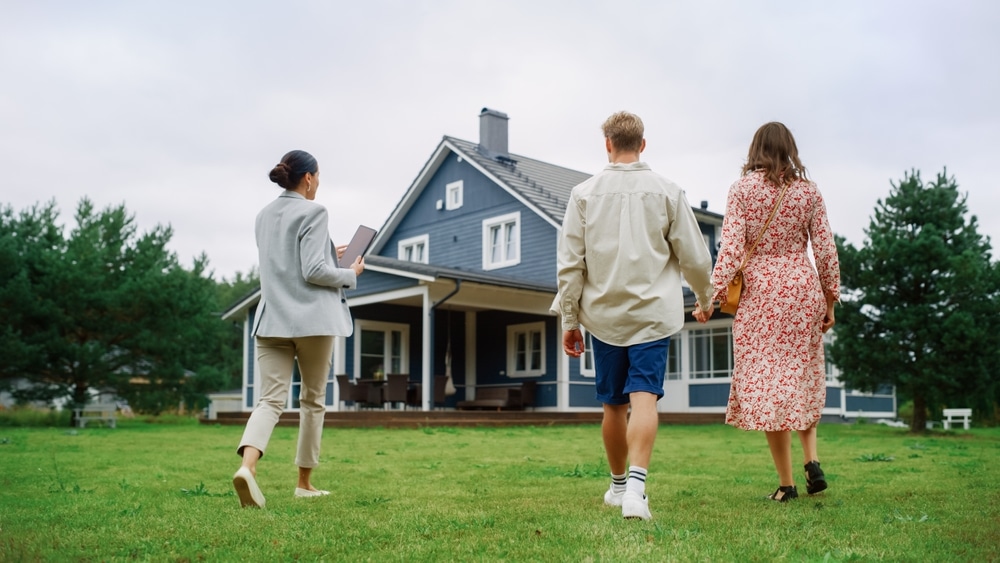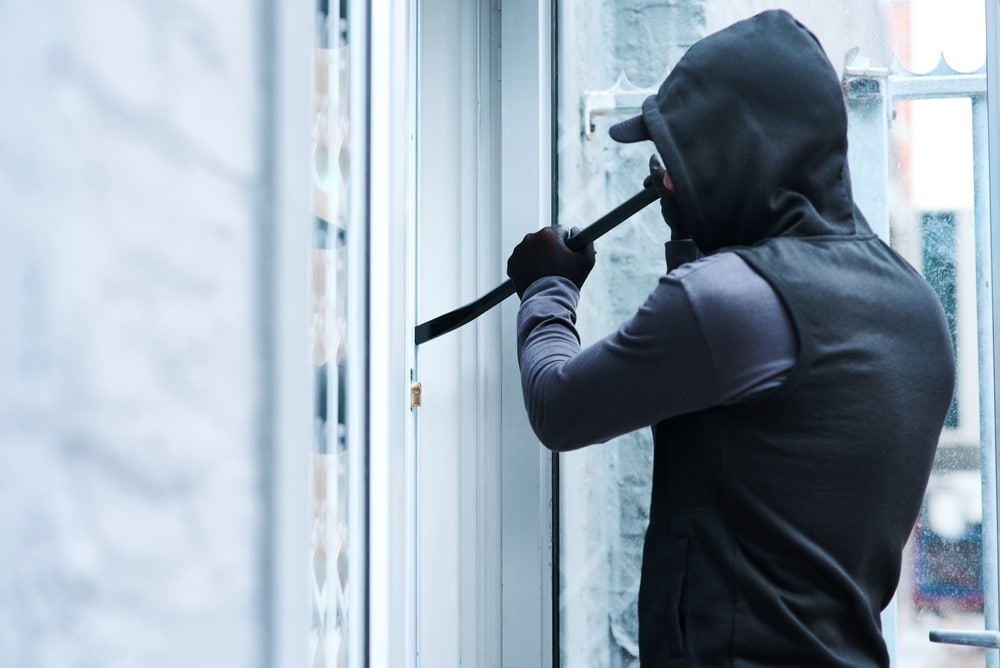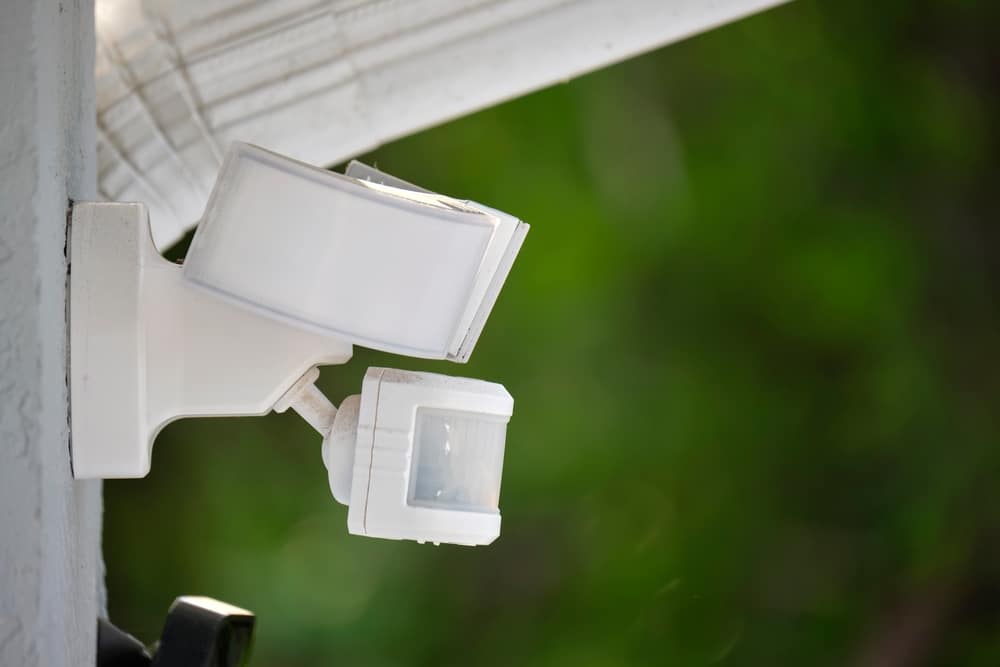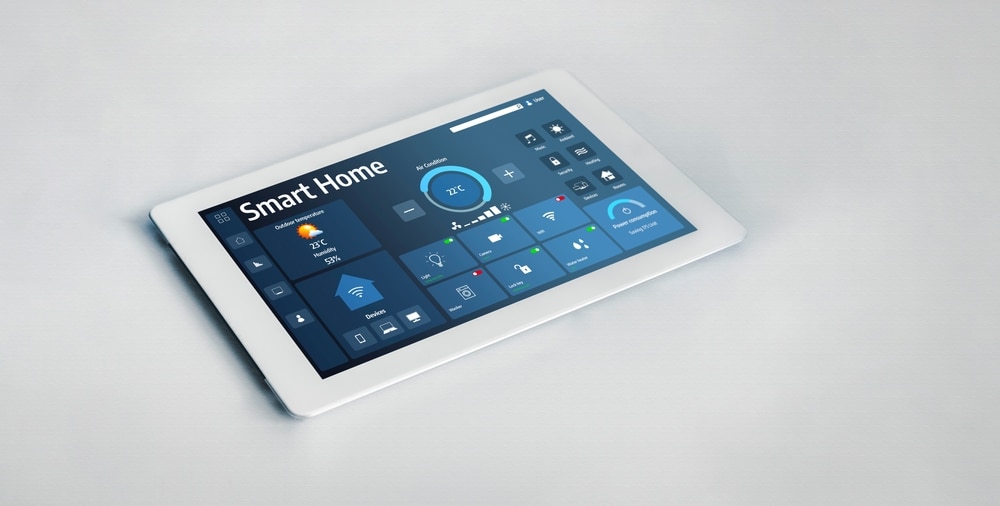
A New Kind of Security
Home security used to be about fear—protecting against what could go wrong. But that mindset is shifting.
According to a U.S. News survey of 1,200 American homeowners (August 2025), most people now see their home security systems not just as protection tools, but as lifestyle additions that make daily life feel calmer and more controlled.
The data paints a clear picture: Americans aren’t just reacting to crime—they’re designing peace of mind into their homes.
The Current State of Home Security
Half of the respondents (52%) said they’ve already changed habits or routines because of safety concerns—checking locks more often, leaving lights on, or installing cameras.
Nearly six in ten (59%) have at least one security measure in place, while another 41% said they use multiple tools, from outdoor cameras to motion sensors and smart locks.
And these systems aren’t passive. 61% of homeowners now check their cameras multiple times per day—a sign that constant connectivity is becoming the new normal.
Perhaps the most telling stat: one in two homeowners believe all newly built homes should come with a security system preinstalled. Security, in other words, is becoming as expected as air-conditioning or Wi-Fi.
As we move to 2026 and beyond, smart home security systems are going to be a trend to watch.
Why People Still Worry
Despite declining burglary rates in many regions, the FBI still reports one home burglary every 25 seconds nationwide.
That’s enough to keep safety top of mind—especially for those who’ve experienced it firsthand:
-
35% said they’ve been victims of a break-in or attempted burglary.
-
78% of that group purchased a home security system afterward.
-
29% said they’ve caught package thieves using their cameras.
Personal experience still drives decisions—but it’s the emotional aftermath that sustains them.
The ‘Peace of Mind’ Economy
When asked why they invested in home security, nearly half (48%) cited peace of mind as their top reason.
Only 29% said their motivation was protection from theft, and just 10% installed systems primarily to deter intruders.
Homeowners increasingly describe their systems as stress-relievers. They’re not just defending space; they’re buying calm.
Some even use cameras and sensors for daily reassurance:
-
5% monitor kids or pets while away.
-
4% use them to track deliveries.
Home security, in other words, has evolved from alarm bells to emotional well-being.
Surveillance—Now a Neighborhood Norm
Privacy once defined the debate around home cameras. Now, comfort levels are climbing fast.
Compared to 2022, homeowners are dramatically more accepting of personal and neighborhood surveillance:
-
90% say it’s fine to monitor the front porch for packages (up from 75%).
-
70% support monitoring their street or neighborhood for suspicious activity (up from 63%).
-
64% even say it’s fine to have cameras inside the home (up from 49%).
Interestingly, 84% said they feel safer knowing their neighbors have cameras—proof that safety is increasingly viewed as a shared responsibility, not a private one.
What Homeowners Actually Want
The modern homeowner values visibility and access.
According to the survey:
-
62% have outdoor cameras installed.
-
56% use video doorbells.
-
36% use indoor cameras.
-
31% have smart locks.
-
17% rely on guard dogs.
For most, it’s about being able to see and act instantly. In fact, 41% said simply seeing a visible camera helps them feel more secure.
Professional vs. Self-Monitoring
The convenience of self-monitoring is reshaping the industry.
-
35% use professionally monitored systems.
-
32% rely solely on self-monitoring.
-
49% believe 24/7 professional monitoring is essential, but 37% hesitate due to privacy or data concerns.
That hesitation is an opening for security providers: homeowners want trustworthy technology as much as they want fast alerts. The companies that prioritize cybersecurity, data encryption, and transparent monitoring policies will likely win the next generation of customers.
The Rise of Smart-Home Integration
Home security no longer operates in isolation. 68% of homeowners say mobile app access is essential, letting them:
-
View live camera feeds.
-
Control lighting and door locks.
-
Manage automation routines.
Platforms like Ring’s “Neighbors” feature have turned local alerts into social networks, allowing communities to share updates and footage instantly. Other providers, such as SimpliSafe, also have communities you can join.
At the same time, new AI-powered systems are learning user patterns—distinguishing pets from people, or alerting owners only when something truly unusual happens.
For local providers in Rhode Island, Connecticut, and Massachusetts, Alarm New England has smart home security system features and options. That personalization is a major step forward, turning home security from passive monitoring into an adaptive lifestyle tool that residents can use anytime they need.
Emerging Trends: What’s Next for Home Security
Beyond traditional alarms, three new trends are redefining how Americans think about safety:
-
AI-Driven Detection – Cameras now use machine learning to tell a human from a car, reducing false alerts and improving emergency response.
-
Privacy-First Design – Companies are starting to build end-to-end encryption and local storage into their devices, responding to data-security backlash.
-
Community Integration – “Neighborhood watch” is going digital. Apps now allow shared alerts, creating connected safety ecosystems across blocks and subdivisions.
Takeaways
The biggest takeaway from the 2025 survey isn’t just that more people are buying home security systems—it’s why they’re buying them.
Home security has become about peace, convenience, and control, not just crime prevention.
People are looking for reassurance, not reaction. They’re building smarter, safer homes—not because they expect danger, but because they value comfort and connection.
As the lines between home automation and home protection blur, one thing is clear: feeling secure is becoming as much a lifestyle choice as owning a smartphone.
Methodology
This article references data from a U.S. News home-security trends survey conducted in August 2025 among 1,200 U.S. adults aged 18 and older. Respondents were evenly split by gender and had at least one home security measure in place. Data was weighted to reflect the U.S. population.


